The architectural design reflects the transition between late Rococo and early Neoclassical styles, with vegetal and floral motifs present throughout. The top section features a diamond-shaped element with a central table-cut emerald. Below, the middle and lower sections are profusely pierced and ornamented, set with emeralds of various shapes—rectangular, square, and teardrop—typical of 18th-century lapidary styles.
The emeralds, likely sourced from Colombia and brought via the Cádiz trade routes, are set in simple closed settings or bezels. The craftsmanship is entirely manual, evidenced by visible solder marks, ornamental punches, and slight asymmetries that affirm their authenticity. The oversized original hooks were designed to pierce through lace head coverings or veils, indicative of their use in festive or ceremonial contexts.
These earrings were part of traditional bridal sets known as “joies de núvia,” crafted in workshops in cities such as Barcelona, Reus, or Tortosa. They symbolized status and were passed down through generations, becoming treasured heirlooms.
Excellent overall condition, with minor inclusions in the emeralds and slight wear on the gold, consistent with age and supporting the historic character of the pieces.
An outstanding acquisition for collectors of fine antique jewellery or for those seeking meaningful, heritage-rich pieces with great historical value.
Measurements: 11.5 cm x 3 cm (4.53 in x 1.18 in). Weight: 42.9 grams.
History of Catalan Earrings
Gold earrings with articulated sections and emeralds were a hallmark of luxury and tradition in 18th-century Catalonia. Following the War of Succession, Catalan cities like Barcelona, Reus, and Tortosa thrived as centres of jewellery production, combining French, Italian, and Spanish influences in their designs. Artisans favoured 14K gold for its malleability and worked emeralds from Colombia, imported via Cádiz. These earrings were often commissioned as bridal jewellery and gifted as dowry items, becoming heirlooms passed from mother to daughter. Their dynamic design and shimmer made them highly appreciated for religious ceremonies and festivities. Today, surviving examples are increasingly rare and highly sought after by collectors.






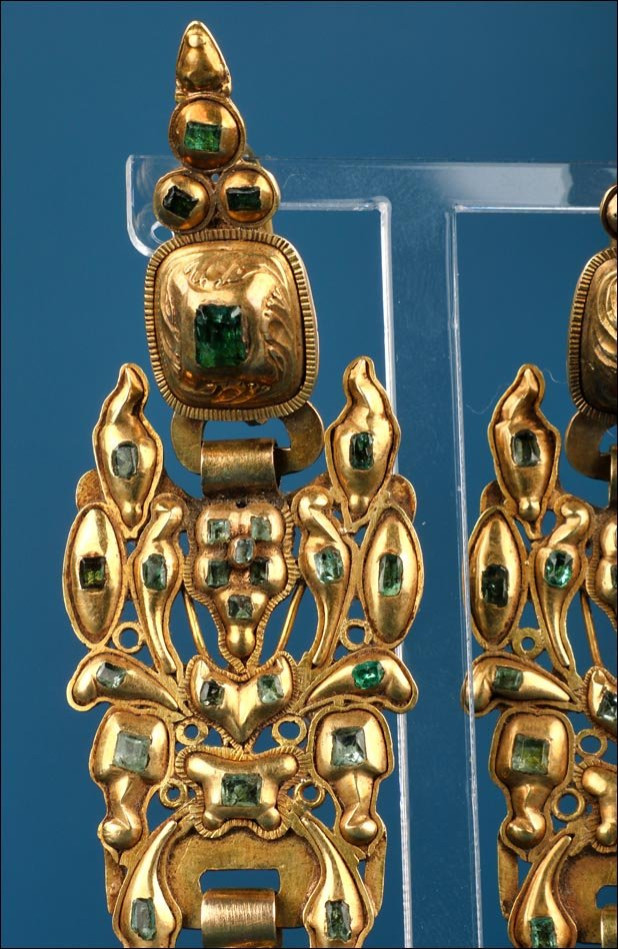
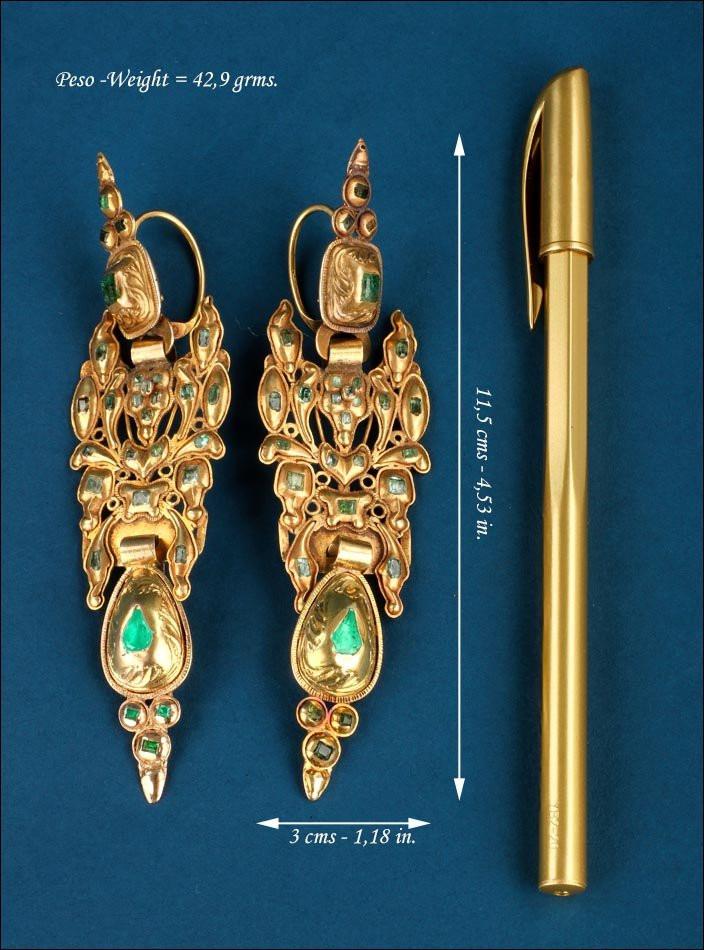
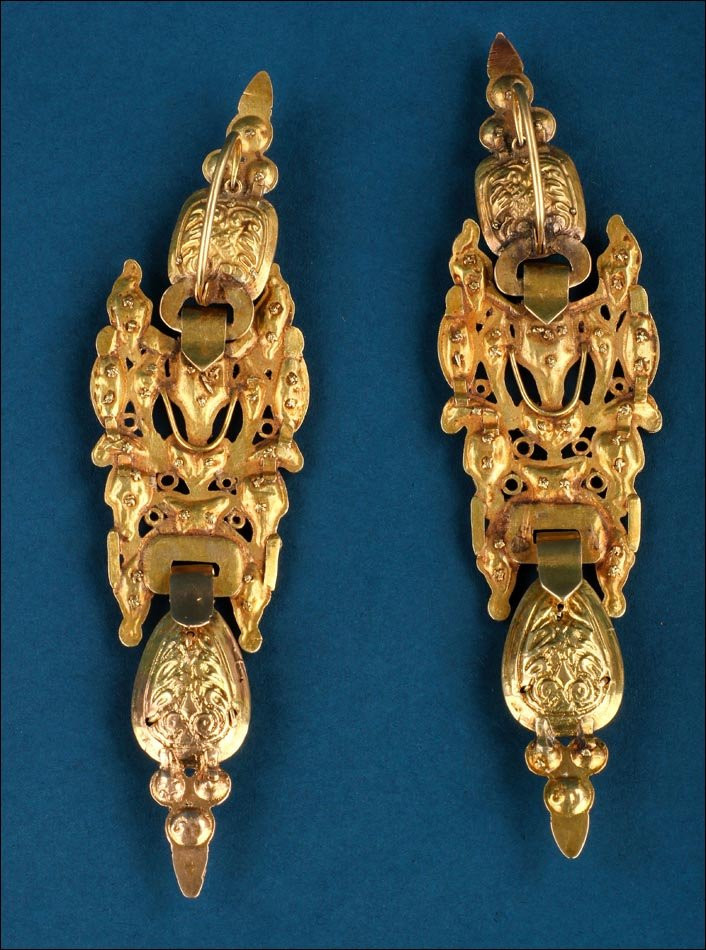














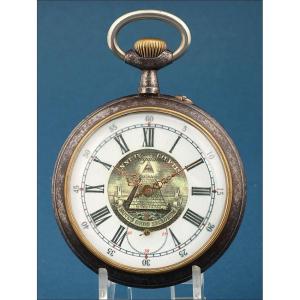

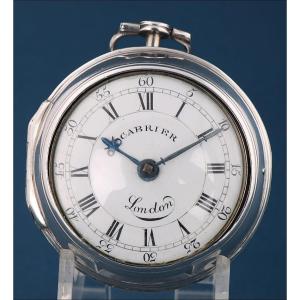




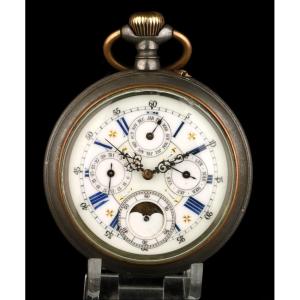

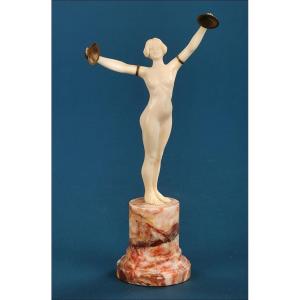
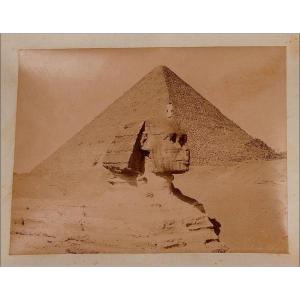










 Le Magazine de PROANTIC
Le Magazine de PROANTIC TRÉSORS Magazine
TRÉSORS Magazine Rivista Artiquariato
Rivista Artiquariato